For nearly five thousand years, people have been enjoying tea. Discovered in China, it is currently the one of the most popular beverages worldwide, second only to coffee.
Sometimes it’s sipped on the go, and other times it’s prepared in traditional ways, with great ceremony. There are many different varieties to choose from, there is a lot of history behind this beloved drink as well, much of which you may not know.
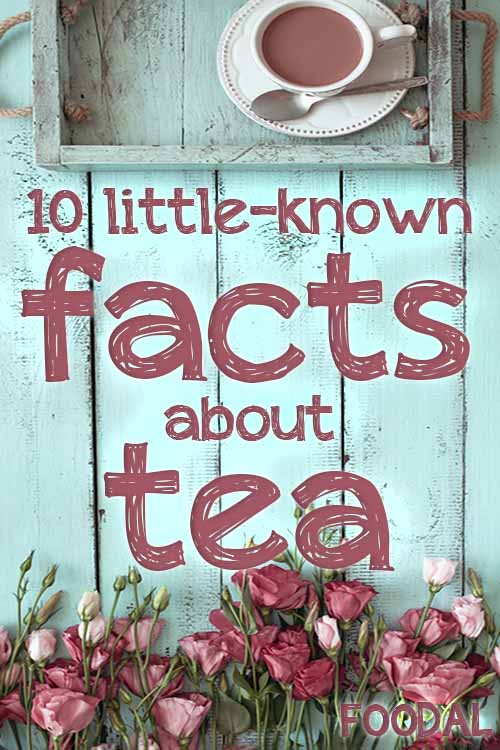
Read on for 10 interesting facts to ponder the next time you enjoy a hot (or cold) brew.
1. The Discovery
Originally used for medicinal purposes such as detoxification, it was often chewed rather than being drunk from pretty painted china cups.
According to folklore, the beverage was first discovered when the leaves from some tea bushes blew into the water that servants were boiling, to purify it for Emperor Shen Nong to drink.
The leaves went unnoticed and the water was served to the emperor, who was also an herbalist. Upon drinking this accidental brew, which he very much enjoyed, the concept of drinking tea was born.
2. They Are All One
There are several different types including black, oolong, green, and white. They all come from the same plant, Camellia sinensis, but the difference lies in how the leaves are treated after they are harvested.
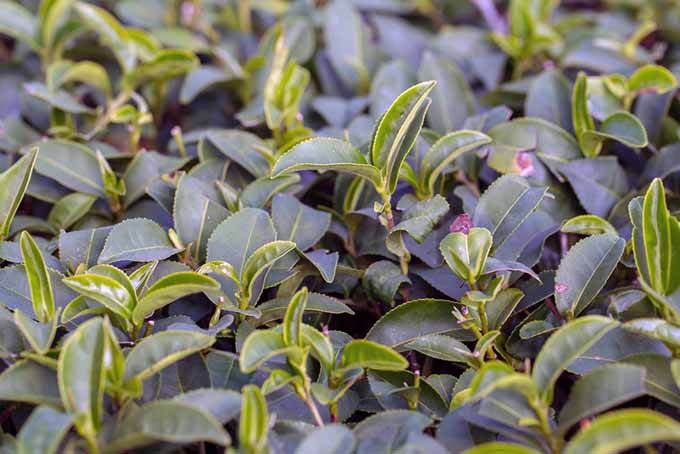
All tea leaves are withered, rolled, and heated. Different varieties are created depending on the additional steps, or in the timing of the steps, that are taken before the leaves are packaged.
- Black- the most commonly consumed (about 84 percent of totals worldwide), it is also the most processed – but this doesn’t refer to the use of unhealthy sugary or artificial additives. Rather, the leaves are left to ferment until they turn black, then dried and packaged.
- Oolong- follows a similar process to black tea, however, each individual stage is not as long.
- Green- not put through any sort of fermentation process, it is either steamed or pan fried.
- White- the least processed of the four. Picked earlier in the season and made from younger leaves, white tea leaves are typically only left to dry briefly in the sun before being prepared for packaging.
Brew temp matters too, and overboiling should be avoided. Combo coffee/tea makers like this one allow you to change that setting, to get the perfect cup.
It’s also important to properly store your teas to avoid degradation by heat, moisture, and light. Take a look at our review of the top containers to store them!
3. Tea or Tisane?
Now that you have learned that there are only a few different types, you may be wondering about all of the other ones that you’re aware of, like peppermint or echinacea.
Well, hold on to your hats, people: these herbal drinks are technically not teas at all, but rather, something called a tisane.
Although the word tisane was originally used to describe a drink made from pearl barley, it now commonly refers to any tea-style herbal infusion. And it can be made from nuts, seeds, berries, flowers, leaves, or roots.
Fresh or dried herbs like mint and lavender can be used to make a tisane, though you’ll find that all of these brewed or infused drinks are referred to as “tea,” more often than not.
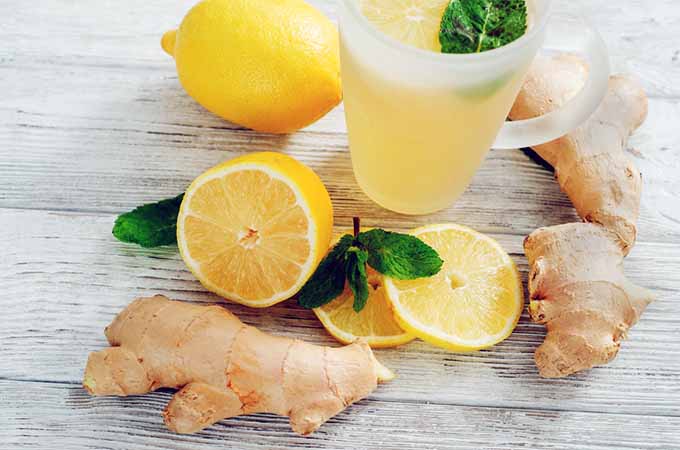
You can also combine the two, making flavorful infusions of tea leaves brewed with your favorite herbs and spices, like fruit in an iced tea or cardamom in a steaming cup of homemade chai.
And don’t forget – the dried leaves can even be used to add enticing flavor to baked goods, like these Earl Grey cookies.
4. The Champagne of Tea
Grown in Darjeeling, India, the type of the same name is often referred to as the champagne of teas. It is a widely accepted belief that this particular black variety is the best of the best.
Grown in the Himalayas where the perfect climate for growing Camellia sinensis exists, the rocky mountain terrain makes it difficult to harvest. To gather Darjeeling leaves, pickers must battle the cold, the steep terrain, mists, and heavy rains.
These factors also contribute to the delectable, musky-sweet taste that Darjeeling connoisseurs know and love, as well as the high price that is commands. A pound of this can cost hundreds of dollars, though it typically sells for less.
Many products packaged under the Darjeeling name are actually blends of this type and a much cheaper variety, so you have to be careful when you’re shopping. Read labels, and keep your eye out for the real thing!
5. Most Expensive Cup
While Darjeeling can be quite expensive, it is not actually the most costly type to brew. That prize goes to a rare Chinese variety called Tieguanyin.
Named after the Buddhist Iron Goddess of Mercy, this oolong will cost you a pretty penny, at up to $1,500 per pound. But the good news is that the leaves can be brewed up to seven times before losing their unique flavor.
The reason for the high price lies in the fact that this type truly tickles each one of the five senses:
Sight- The leaves have a nice bright color.
Touch- They are also thick, and crisp to the touch.
Sound- When brewing loose-leaf Tieguanyin, it’s said to actually make a pleasant ringing sound when it’s being poured into the cup.
Smell– The nutty aroma makes it a one-of-a-kind oolong.
Taste- This variety also has a very rich flavor.
If you are able to enjoy a cup of Tieguanyin, consider yourself lucky, as this means you are not only wealthy enough to afford it, but also among the small percentage of people who will ever have such an experience.
6. Green Tea as a Super Food
In addition to external healing properties, green tea is known as a super food when it’s consumed.
Though “super food” is a relatively new term for foods or drinks that are packed with nutrients, the potential benefits of drinking tea have been known for a long time. It is said that the green type can help to soothe a sore throat, regulate blood sugar levels, and reduce the risk of heart disease.
Though it has been used medicinally for thousands of years, it is only recently that scientific studies have begun to confirm many of the widely held beliefs regarding its healing powers.

There are many compounds in green tea that contribute to its potential healing benefits, such as flavonoids and catechins. These compounds offer antioxidant, antiviral, antibacterial, and even anticancer properties.
Green tea has also shown positive results in aiding weight loss, preventing tooth decay, and alleviating depression. The reason that the green variety is superior when it comes to helping certain conditions is because the leaves are not fermented, allowing the maximum amount of beneficial compounds to remain intact.
7. Mother of Invention?
The teabag was invented in the United States in the early 20th century.
True lovers of this drink do not consider teabags to be a great invention, since they tightly pack the tea. This does not allow the leaves to expand while brewing, which enables the release of more of the compounds that are responsible for flavor, among other things.
Teabags, which are generally made from filter paper or silk, do offer convenience, and this has brought the beverage to a wider audience than it may have ever had before they were created.
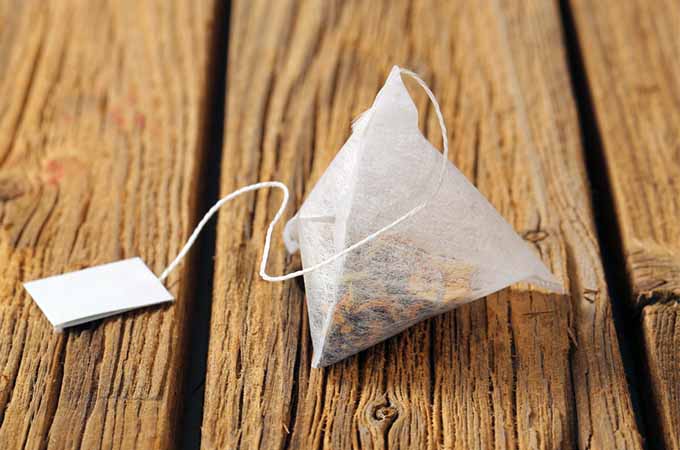
The main advantage they have over infusers, which were used before bags were invented, is that they hold the leaves inside so they will not escape. They are also disposable, so they do not need to be cleaned like infusers do.
While these may not be favored by true connoisseurs, they certainly have their place in the industry, and they’re used by many.
8. Record-Breaking Beverage
As of the time of this writing, the largest teabag recorded by Guinness World Records weighed in at just over 551 pounds, and measured 9.8 feet wide by 13 feet high. It could be used to brew over 100,000 cups. Ahmed Mohamed Saleh Baeshen & Co., owner of Rabea Tea in Saudi Arabia, set this record in 2014.
Other world records recorded by Guinness that are related to tea include the Largest Cup (10 feet tall by 8 feet wide), and the Most Cups Made in One Hour (an astonishing 1,848 by a team of 12 people).
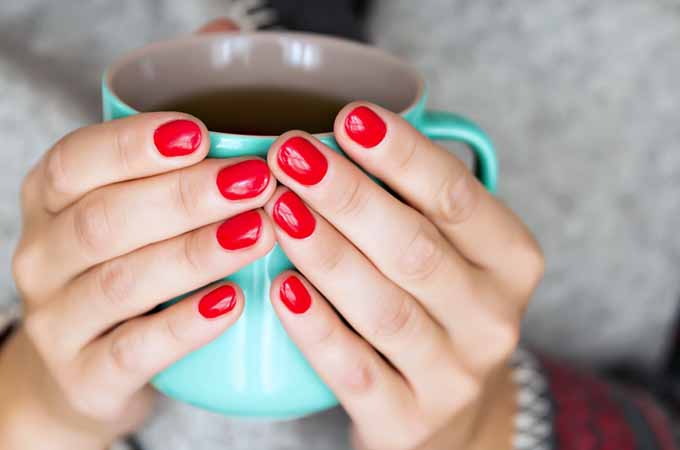
Recordsetter.com, a website that allows users to create their own world records, offers many more record-breaking, tea-loving activities, such as Most Bags Held in One Hand and Longest Time to Balance a Cup on the Chin.
Next time you have a cup, consider setting your own world record with your favorite drink (or just enjoy it)!
9. Heaviest Drinkers
China, Sri Lanka, and Kenya export the most tea worldwide, shipping out about 1 million metric tons of it between the three countries.
Thanks in large part to its huge population, China consumes the most of any country in total. However, per capita, Turkey, Ireland and the United Kingdom take the top three spots.
Over 3 billion cups are consumed worldwide each year.
10) You Did What With It?
There are some very interesting uses for this product beyond brewing. One such remedy is to rub slightly damp leaves on uncovered areas of skin, in order to keep mosquitoes away.
Tea has also been used for cleaning floors, naturally dyeing cloth, marinating meat, and for helping to patch up tiny nicks from shaving.
It’s often used for gardening purposes, too. Roses love the leaves, absorbing the nutrients that they offer through the soil. This makes a great addition to a compost pile, as it can accelerate the process of decomposition.
How Do You Like It?
Hot or iced, black or green, milk or lemon, honey or sugar, tea or tisane?
There are so many different types and ways to delight in a cup that it can be overwhelming at first. However, there truly is a type out there for everyone, even if the drink doesn’t immediately strike you as your “cup of tea,” so to speak.
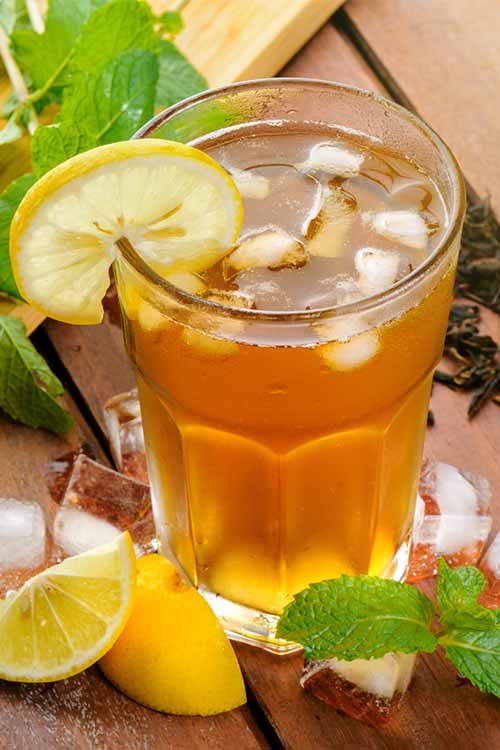
Try as many different kinds as you like, and figure out what works for you. Challenge yourself to sample new infusions, like our golden turmeric tea, until you learn your preferences – you might be surprised to discover how enjoyable it can be!
You’ve already learned so much about this favored beverage, so what are you waiting for? Brew, pour, and sip away. And don’t forget to tell me all about your favorites in the comments.
The staff at Foodal are not medical professionals and this article should not be construed as medical advice. Foodal and Ask the Experts, LLC assume no liability for the use or misuse of the material presented above. Always consult with a medical professional before changing your diet or using supplements or manufactured or natural medications.
Photo credits: Shutterstock.
About Tiffany Boutwell
Tiffany Boutwell is a Certified Nutritional Consultant, Holistic Health Practitioner, and owner of Natural Apple Holistic Health. Tiffany believes chronic illness stems from improper nutrition, and that a diet rich in whole foods can help people to be free from the undesirable effects of the Standard American Diet. She resides on a farm in Kentucky with her family where she enjoys reading, yoga, and writing. Tiffany has authored an e-cookbook and health articles in various publications.


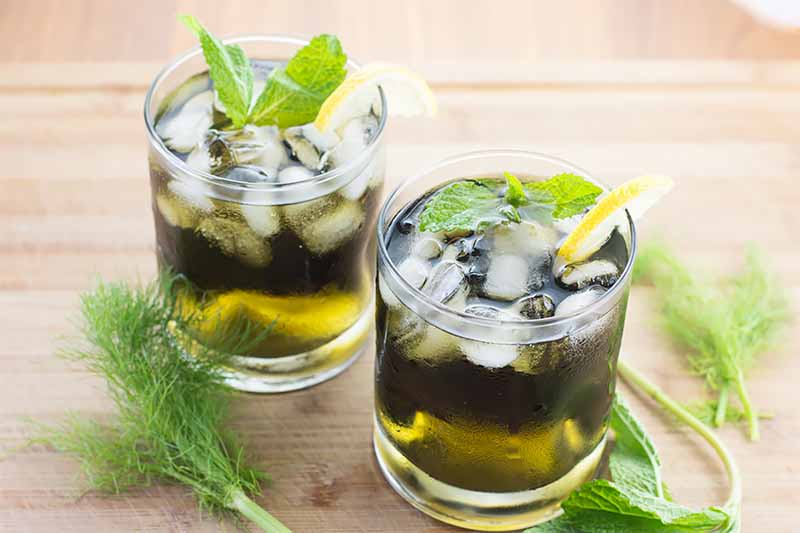
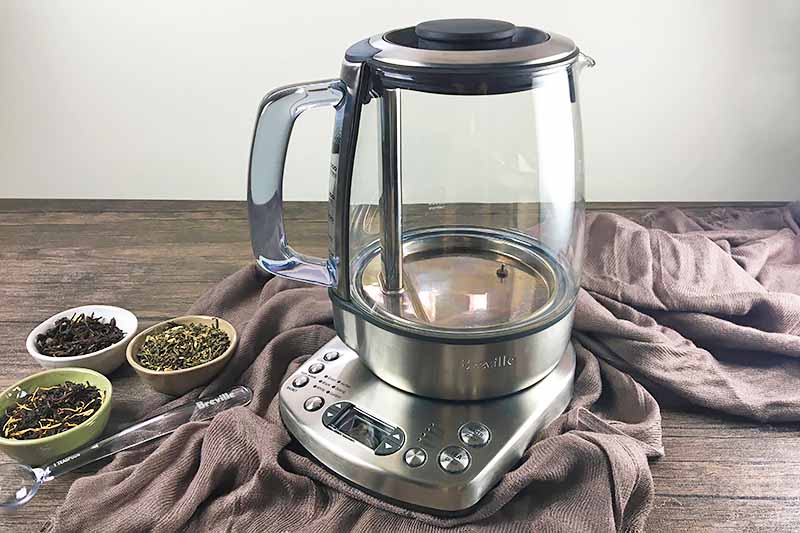
My favorite is chai; I love the scent, the warmth, the touch of sweetness when it is made with honey, and the benefits of the spices in it. One of the Indian restaurants in my town sets out a large carafe of the tea with their lunch buffet, and I would spend hours there drinking it if they allowed me to.
I was really interested to know about the most expensive variety available. It sounds like you get what you pay for!
I went to a shop that carries a large variety of blends and spent almost $30 on two ounces of masala chai, which seemed expensive to me; however, I could use the same leaves three times before they lost their potency. I felt like I got my money’s worth, but I only go back there when I want to splurge because of the expense.
One of the local grocery stores carry it in bulk, at a lower price. While it still tastes better than the stuff you find in pre-made bags, it still does not compare to the wonderful taste and aroma of the $15/ounce chai!
Wow, the Second fact came as a surprise to me, I honestly thought that all types of tea
come from different types of plants, very interesting indeed!
But I like the fermented black tea…
This was fascinating – I was especially interested by hearing about the different types.
In terms of using tea for different things, at school we used to dunk pieces of high-quality paper in a cold brew in order to stain the paper to make it look like old parchment. Makes great pirate maps!
I am from the UK and can definitely attest to the fact that the UK drinks an awful lot. I am British and drink at least three cups a day. We have arguments about how long the bag should be steeped for – posh people like it weak, but most of the population like a dark version, often called “builder’s tea”, where the bag has been left in the cup for a long time, to make a dark drink.
This was a very interesting post. I just recently starting drinking various teas (although technically most of the time I am drinking tisane!). My favorite flavor is peppermint. It is very relaxing and I love both the taste and smell of it.
I found your second point very interesting. I had no idea that all of it comes from the same plant. It is amazing that the varieties that seem so different all come from the same leaves- just prepared a different way. I find it funny that things like tea, which has been consumed for centuries, always comes back into modern culture and is found to have health benefits. People have been drinking it for so long- how could it not?
I find varieties from Sri Lanka to be the absolute best!
I am going to share this on my facebook, many people don’t know these facts either! Especially that all real tisane is the same plant and “herbal” brews are not really tea ta all!
A good Tisane I enjoy is a mix of chamomile and mint.
Very nice at night time.
Maybe one day I’ll be fortunate enough to try the Tieguanyin variety. I just want to see if it’s all that!
This is a drink that very versatile. It can heal, rejuvenate, and sooth you. Flavors are the best part. I personally love drinking it with lemon, honey, and pomegranate. I’ve found my favorite flavoring to be peach. I haven’t had an expensive cup yet, but you never know. I would like to share my healing experience however. I had a major sore throat a one point and my co-worker recommended hot tea. It was Lipton brand and I put honey and fresh lemon in it. It was the best thing I’d ever tasted since hot cocoa. It soothed my throat in a matter of hours rather than days.
Wow, this is such an interesting article. I am not a tea lover, but enjoy a cup every now and then. I find the odd cup refreshing. Reading this article has inspired me to take a new look at tea, especially green tea. I think I might just try and cultivate a new tea taste!
I am relatively new to tea outside of the traditional, Southern, sweet tea variety. I am a chemo patient and have discovered that peppermint tea helps me when I am feeling sick. I would love a recipe for a British tea like they serve at tea time, the fancy kind with milk and sugar, etc. I am going to Britain soon and look forward to this experience.
Loved all these facts, specially fact number 6. Green tea really is a super food. I was told by my doctor to start drinking two cups every day, when I wake up and before I go to bed. It has helped me sleep better, eat less and lose weight in a healthy way. Tea is amazing in general and I will be sharing these facts with my friends, thanks!
Well, I have been drinking tea since I was 4 or 5. Ever since I’m addicted to drinking tea and I consider it a healthy replacement for coffee. Coffee has a different taste and what so on but just the infusion of a green (yes, I prefer green tea over black, earl gray, yellow etc) is a priceless, pleasant experience I get when I am outside in the nature. I have to admit, even though I’ve been drinking tea for a long time, most of the facts you have posted were indeed little known to me. Never knew the most expensive variety cost 1,500 per pound! Just wow.
I’m a Brit who has lived in France for many years – it took me two of those years for my French partner to get used to the ritual f having a cup of tea every afternoon at about 4pm. I don’t know whether this is a common British tradition – but it was a rare day as a child that we didn’t have afternoon tea.
By coincidence our local café here in Epernay (the entrepôt of champagne) is called “The Darjeeling” – they sell a wide range of loose teas, dried fruits and petals for tisanes and even whole, dried flowers that open when hot water is poured onto them. They don’t sell tea-bag tea but they do sell boxes of small mesh bags into which a measure of tea leaves can be spooned. They are very useful and reusable (with tea of the same flavour).
My personal favourite tea is Lapsang Souchong.
Very informative article. We have a variety of teas we enjoy (a number of them are technically tisanes, I suppose) including Valerian-mint, Yerba Mate, Hibiscus, Earl Grey, Jasmine, Green, and plain old ordinary Lipton’s. We once had a teapot for loose-leaf which we haven’t been able to find since we moved. I’d like to get one again, since it was quite nice to brew a pot, particularly on those cold winter days.
What a delightfully insightful article 🙂
My favorite tea lately has been Chai (usually with vanilla flavored soy milk and a tiny bit of honey), unfortunately I don’t like any other kind unless I’m sick. I should really start consuming more, especially the green varieties. As a matter of fact, I think I’ll start right now 😀
Not sure if it had any real effect but every time I had an eye infection, my mom would have me rinse my eyes out with tea 🙂
I love love love tea! Is one of my favorite drinks in the world and I just can’t get enough of it. One of my goals in life is to try the most variety of tea that’s possible, and my pocket is not even bothered by the idea.
I also really ejoyed tisanes, they are like a more concentrated version of tea, and I really liked that 🙂
Also, besides how good it tastes, tea have a lot of health benefits, and speaking as a regularly unhealthy person I feel more healthy when I drink it.
Thank you so much for sharing!
Good article very educative but you haven’t mentioned anything regarding purple tea which is getting much popularity and fetching high market prices.
Thanks for the tip, Eutycus. Purple tea isn’t a variety that I’m familiar with- we’ll look into it!